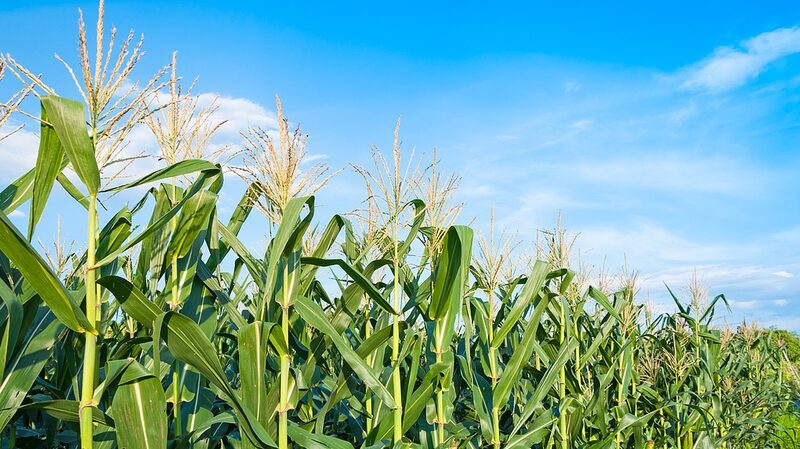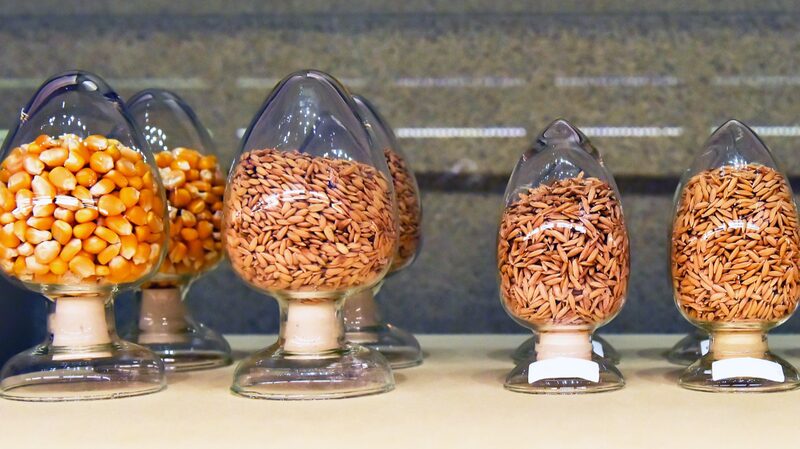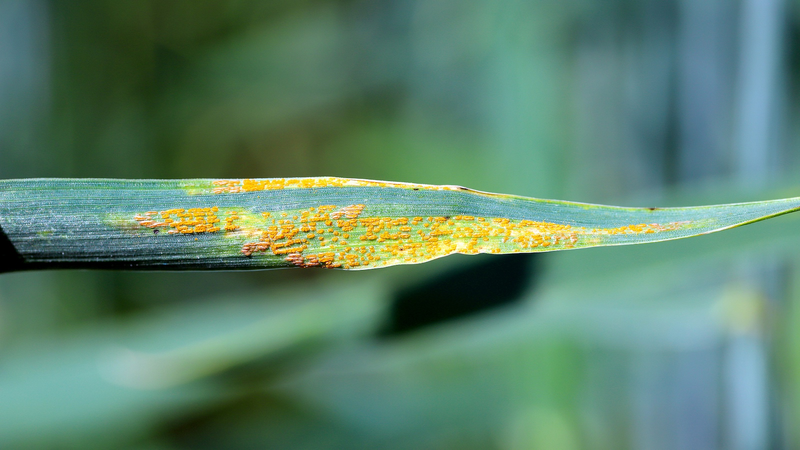In a significant advancement for global agriculture, Chinese scientists have developed a gene-editing technique that reduces corn plant height. This breakthrough enables the creation of compact, high-density corn varieties that are more resistant to lodging, a condition where plants fall over, which can severely impact yield.
Corn stands as the world's most-produced cereal crop, playing a crucial role in global food security. Traditionally, increasing planting density has been a key strategy to boost yields. However, progress in developing shorter and sturdier corn plants has been limited due to a scarcity of genetic resources.
The research was spearheaded by the Biotechnology Research Institute of the Chinese Academy of Agricultural Sciences (CAAS) in collaboration with Anhui Agricultural University and South China Agricultural University. The team focused on modifying the Br2 gene through targeted gene editing. By designing a knockout vector for the Br2 gene, researchers identified seven transgenic lines with distinct mutations in corn inbred varieties.
Hybridization experiments revealed that all 28 hybrid offspring derived from crosses with elite inbred lines produced dwarf progeny. To expedite the breeding process, the team developed a haploid inducer-mediated genome editing system. This system allows for the conversion of edited haploid plants into stable double-haploid lines within two generations. As a result, three elite inbred lines treated with this system exhibited significant reductions in plant height.
\"This method allows rapid and precise modification of plant height across different genetic backgrounds,\" said Wang Baobao, corresponding author of the study and a researcher at CAAS. \"It provides critical technical support for breeding corn varieties optimized for dense planting and enhanced lodging resistance.\"
This innovative approach not only promises to increase corn yields but also enhances the crop's resilience, contributing to more stable and sustainable agricultural practices globally.
Reference(s):
China develops gene-editing method to reduce corn plant height
cgtn.com






